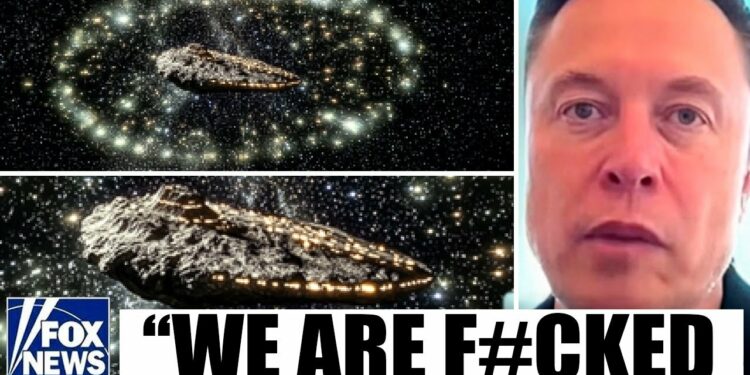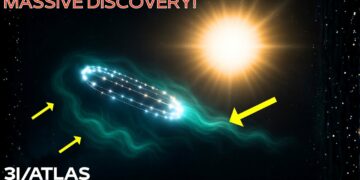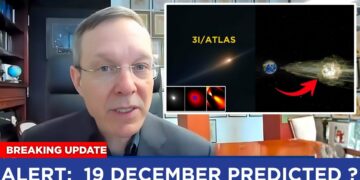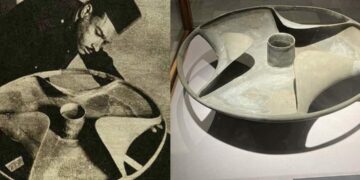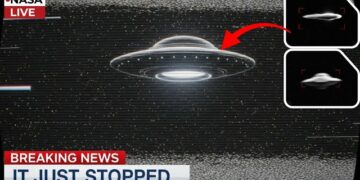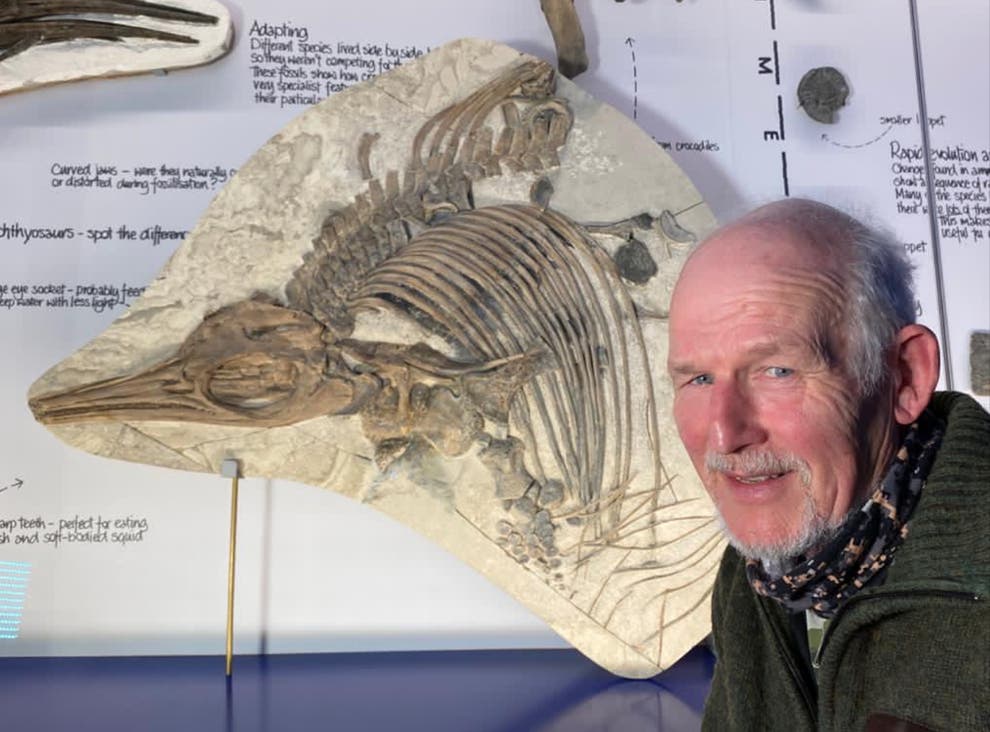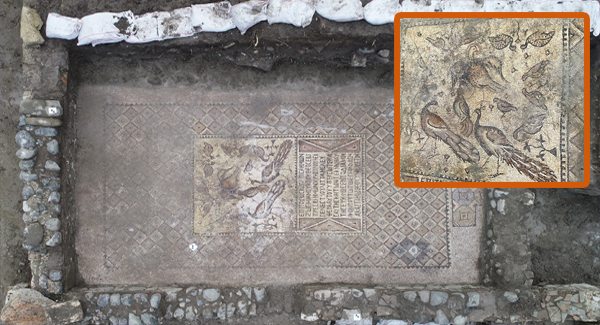The Significance of Interstellar Objects
Interstellar objects, like ‘Oumuamua, are rare visitors from beyond our solar system, offering a glimpse into distant star systems. Unlike asteroids and comets orbiting our Sun, these objects originate from other stars, carrying clues about their formation through their chemical and structural makeup. Detecting them is challenging due to their small size, dark appearance, and high speeds, which provide only a brief window for observation. Historically, astronomers suspected such objects existed, but confirming them was difficult until advanced telescopes and automated sky surveys improved detection capabilities. The upcoming Vera C. Rubin Observatory is expected to enhance our ability to spot these fleeting travelers, potentially revealing more about planetary formation in alien systems.
Meet ‘Oumuamua
On October 19, 2017, astronomer Robert Weryk discovered ‘Oumuamua using the Pan-STARRS1 telescope in Hawaii, designed to detect near-Earth asteroids. Named “scout” or “messenger from afar” in Hawaiian, its official designation, 1I/2017 U1, marks it as the first confirmed interstellar object. Initially thought to be an asteroid due to the absence of a comet-like tail or coma, its slight acceleration suggested comet-like outgassing, yet no visible gas or dust was detected. Observations revealed a tumbling motion and brightness fluctuations, indicating an elongated shape, possibly six to seven times longer than wide. This unusual visitor sparked global interest, with some speculating it could be alien technology, though most scientists favored natural explanations.
Observations and Strange Behavior
‘Oumuamua followed a hyperbolic trajectory, passing through our solar system without orbiting the Sun, confirming its interstellar origin. Its slight, unexpected acceleration puzzled scientists, as it lacked the visible coma or tail typical of comets. This led to theories of faint outgassing or unique materials not producing visible emissions. Its deep red color, similar to outer solar system objects, suggested surface alteration by cosmic rays or radiation over millions of years. The object’s complex tumbling, rather than simple rotation, hinted at a violent ejection from its home system, adding to the mystery of its composition and origin.
Unusual Shape and Spin
‘Oumuamua’s elongated shape—possibly cigar-like or disc-shaped—sets it apart from typical asteroids and comets, which are often rounded or irregular. Its brightness varied significantly as it tumbled, suggesting a length-to-width ratio far greater than most solar system objects. This chaotic spin may result from a past collision or gravitational ejection, with no external forces in space to slow it. Whether solid or a cohesive rubble pile remains unclear, as its rapid departure limited data collection, leaving its internal structure a subject of debate.
Comet, Asteroid, or Something Else?
Initially classified as an asteroid, ‘Oumuamua’s acceleration suggested comet-like behavior, yet it lacked a visible tail or coma. Theories propose it could have exotic ices, like hydrogen or nitrogen, that sublimate without leaving a detectable signature. Alternatively, it might be a fragment of a larger body, ejected by a cosmic collision. Its unique traits challenge traditional classifications, suggesting interstellar objects may not fit neatly into our solar system’s categories of comets or asteroids, pushing scientists to rethink their definitions.
Hydrogen Iceberg and Other Theories
One hypothesis suggests ‘Oumuamua could be a hydrogen iceberg, formed in a cold molecular cloud, with sublimating hydrogen causing its acceleration. However, critics argue that such ice would not survive the harsh interstellar environment. Another theory proposes solid nitrogen, like that found on Pluto or Triton, though its preservation over long journeys is debated. These ideas highlight the creative efforts to explain ‘Oumuamua’s behavior, with some suggesting it’s a shard from a larger body disrupted by gravitational forces in its home system.
Other Strange Space Objects and Mysteries
The discovery of ‘Oumuamua was followed by 2I/Borisov in 2019, a clear interstellar comet with a visible tail, reinforcing that such visitors are not unique. Solar system objects like the elongated Haumea, ringed Chariklo, and dual-natured Centaurs also defy norms, showing the diversity of cosmic bodies. Past missions, like Rosetta’s study of Comet 67P or Osiris-REx’s visit to Bennu, reveal unexpected shapes and behaviors, suggesting ‘Oumuamua’s oddities align with a broader pattern of cosmic diversity.
Missions Studying Comparable Objects
While no mission reached ‘Oumuamua due to its rapid departure, studies of solar system bodies provide context. NASA’s Osiris-REx and Japan’s Hayabusa2 missions to asteroids Bennu and Ryugu revealed how sunlight and surface features affect small bodies, while ESA’s Rosetta mission showed how comets evolve under solar heat. These insights help model ‘Oumuamua’s behavior, though its interstellar origin suggests it may carry unique compositions from a distant star system.
Data vs. Speculation
Despite sensational claims of ‘Oumuamua being an alien probe, scientific consensus favors natural explanations. Its hyperbolic trajectory, shape, acceleration, and red color are supported by data, but its exact composition remains uncertain. Misinformation about it returning or posing a threat contradicts its escape trajectory. While fringe theories about alien technology persist, no evidence of artificial signals or compounds was detected, emphasizing the need to ground speculation in empirical data.
Clues About Its Origin in the Galaxy
Tracing ‘Oumuamua’s path points to the constellation Lyra, but pinpointing its exact origin is challenging due to galactic motion and potential trajectory-altering outgassing. It may have been ejected by a gas giant in a distant star system, suggesting such objects are common in the galaxy. Each interstellar visitor provides data on star system formation, helping map regions that produce wandering debris.
How ‘Oumuamua Has Expanded Our Cosmic Perspective
‘Oumuamua’s visit confirmed that interstellar objects can enter our solar system, prompting questions about their frequency and nature. It suggests a galaxy teeming with undetected travelers, potentially carrying organic compounds that could influence life elsewhere. Future observatories may detect more such objects, enabling earlier observations and possibly capturing interstellar dust for analysis. This discovery underscores the universe’s interconnectedness, inspiring new research and technologies to explore these cosmic visitors.

